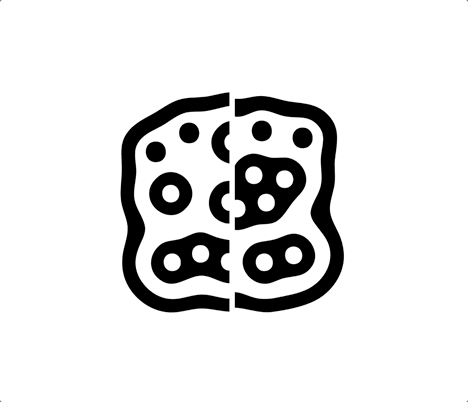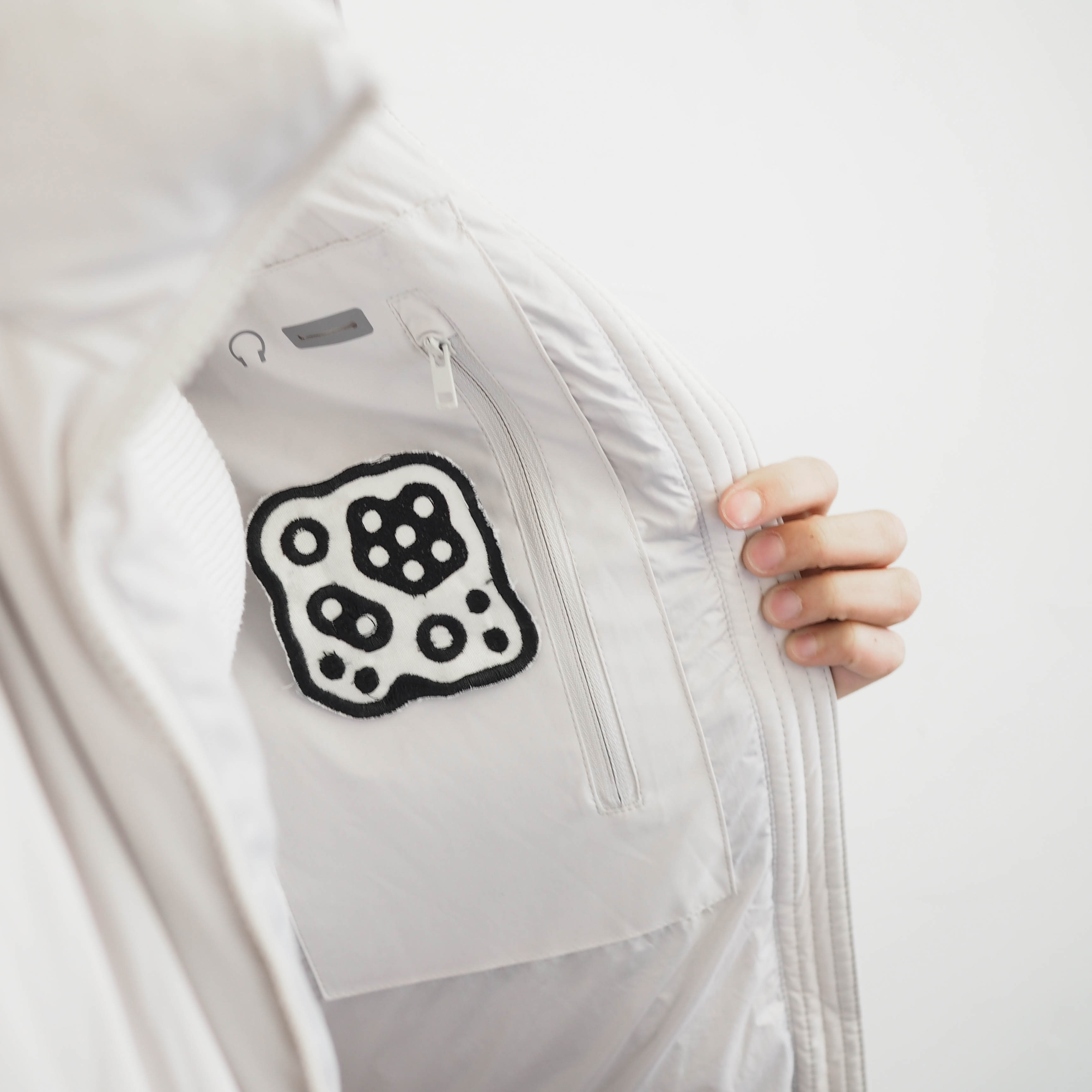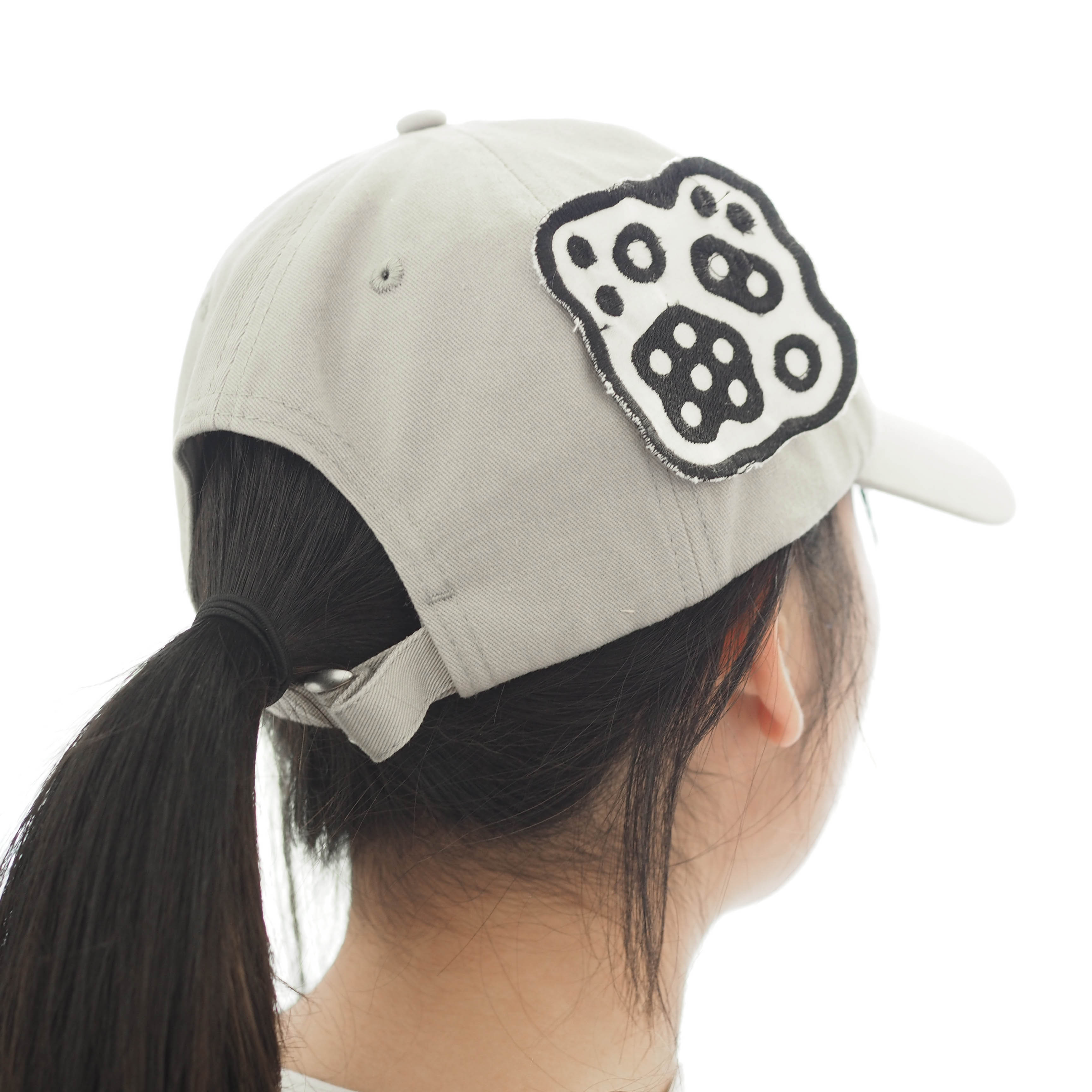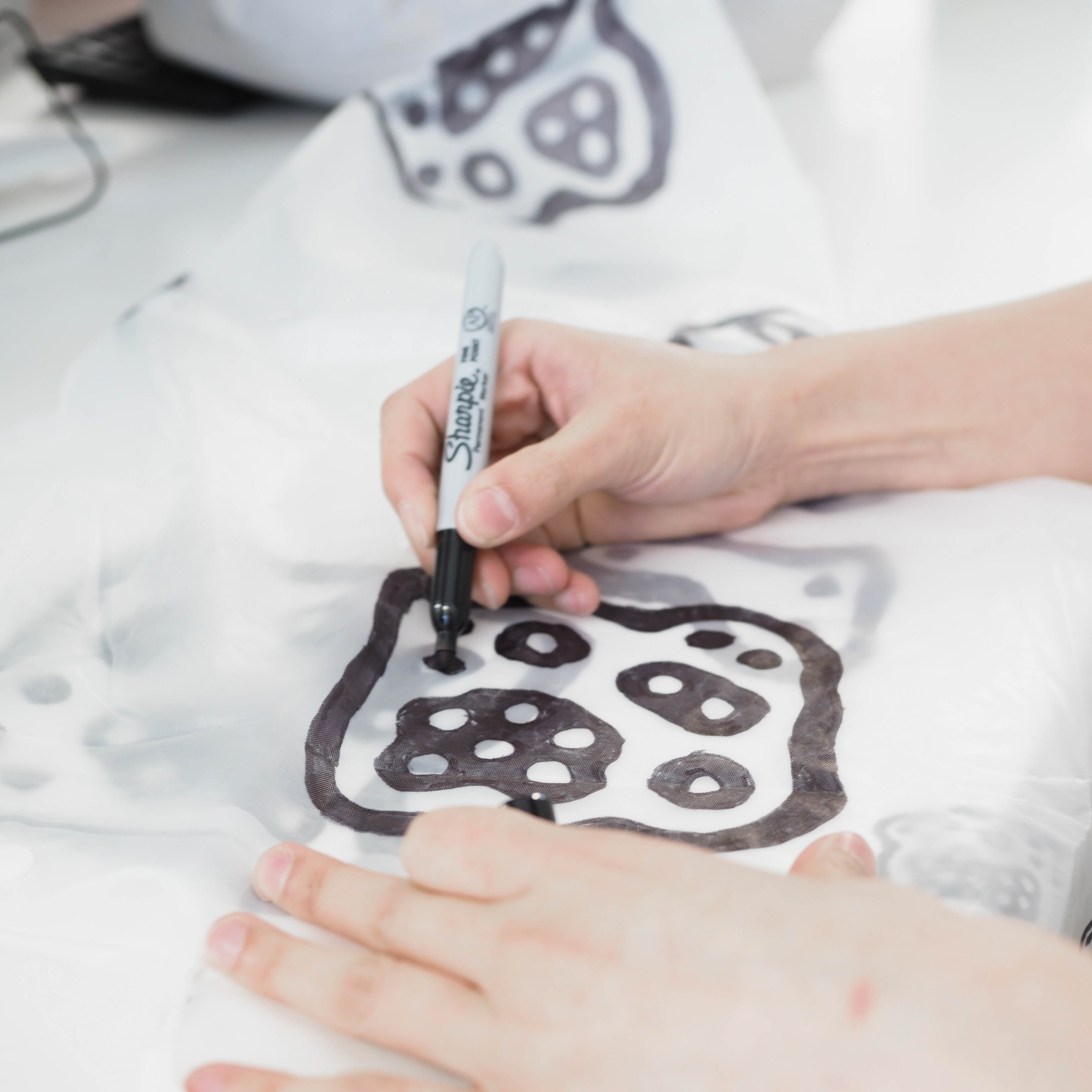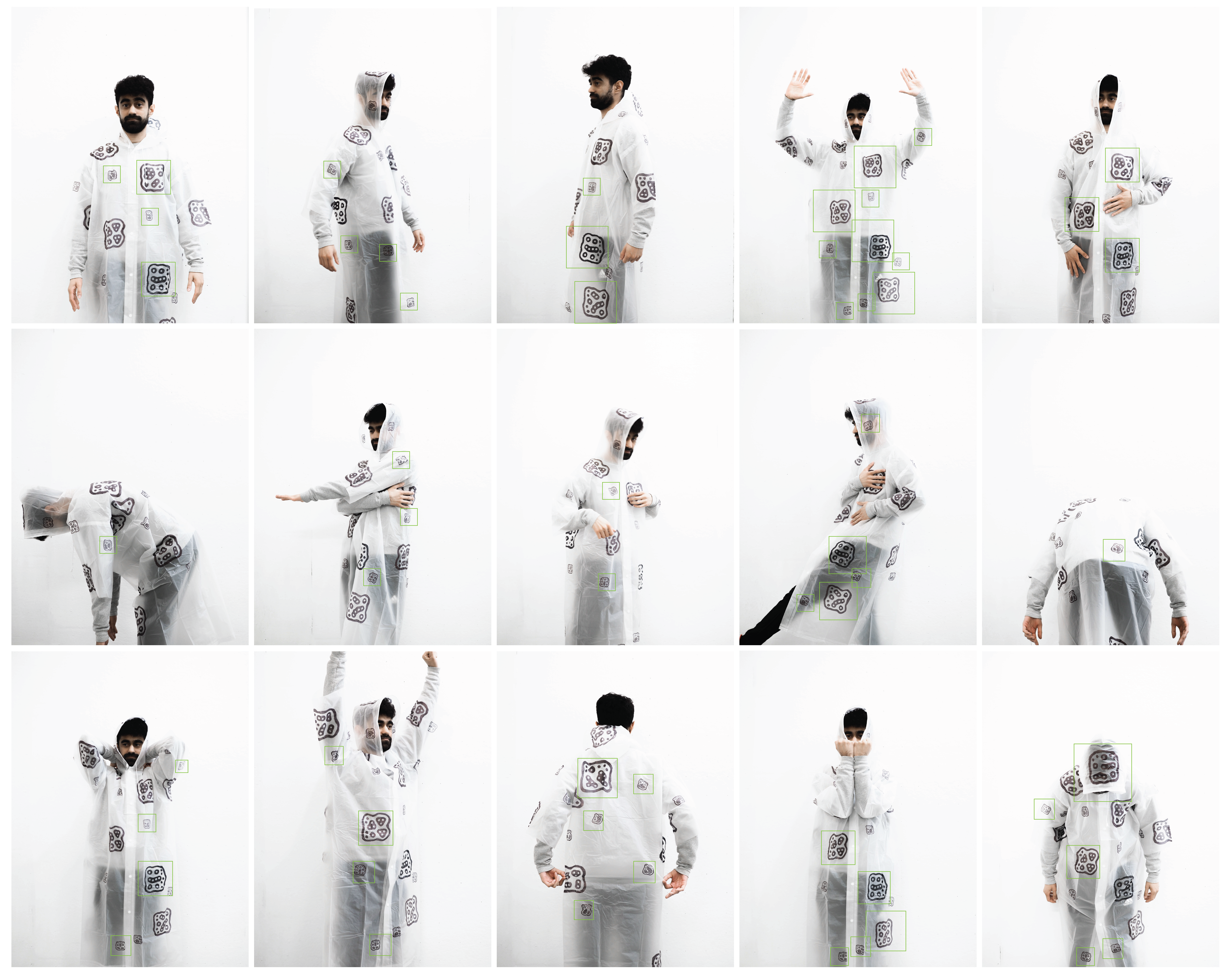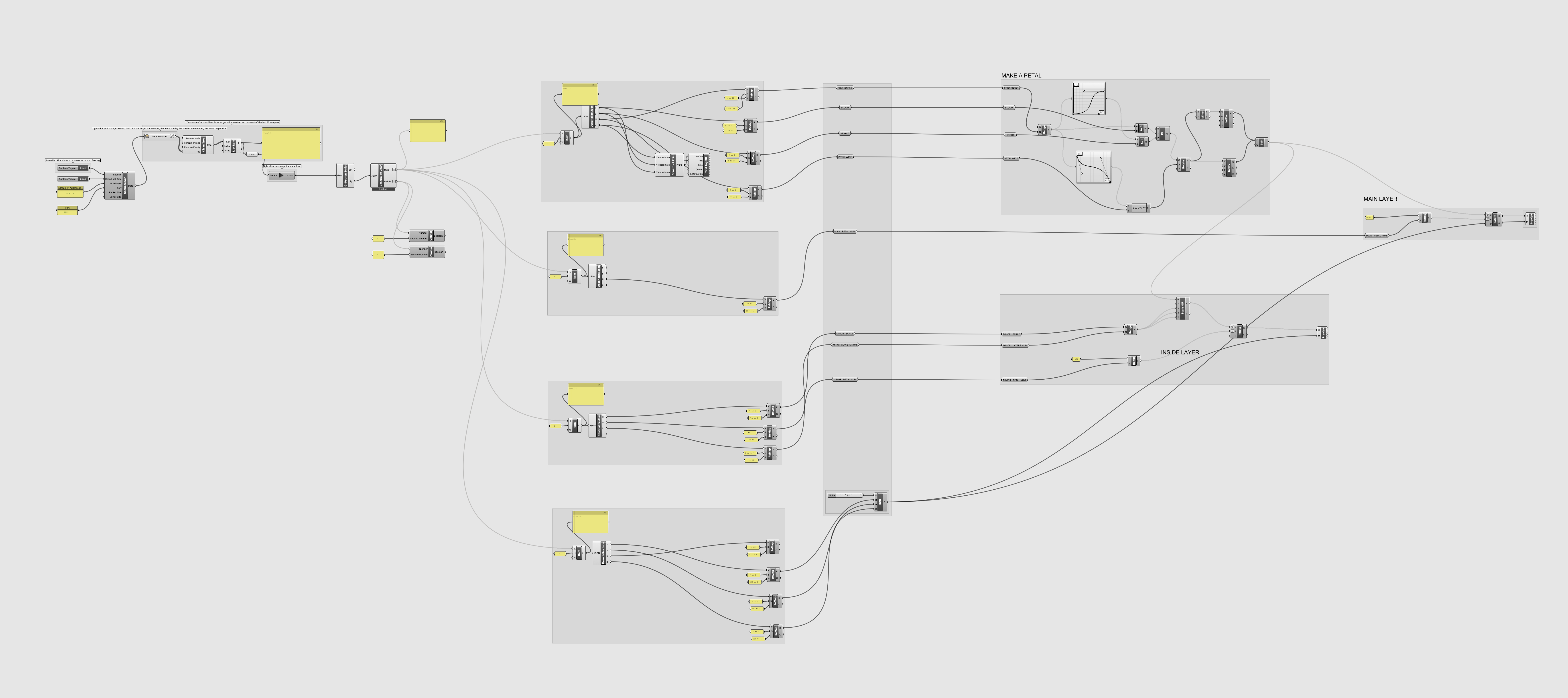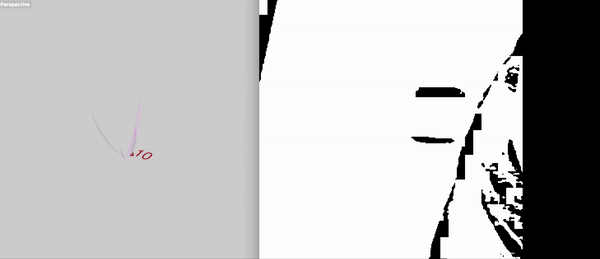UX/UI : TMT
B2B STEEL RETAILING APPLICATION
Thailand has no major iron mine and primary steel production mill. So, most of the players are dealers who make competitive advantages by creating margin using access to upstream market information. However, the rapidly advancing digital technologies are gradually pushing commodity markets increasingly toward greater liquidity, price transparency, and ability to hedge risk, putting more pressure on traditional businesses which their model based on earning margins through speculation. We see the opportunity as the construction material is a huge market with ฿1.3 trillion worth of industry. However, the infrastructure that supports this market has barely changed and is mostly undigitized, especially 13,000 traditional dealers of construction material businesses. The project aims to sync the real-time and transparency information across the supply chain and change the way steel supplier(our client) makes profits from a margin-arbitrage business to a real service business. In the meantime, this new tool will help the traditional dealers(end users) to compete with modern traders, strengthen their business and prevent them from both business and digital disruption. Through in-depth interviews, we found that these dealers have been suffering from the delay of price and availability information from suppliers to fulfill their customer inquiries. This lack of information results in less satisfaction, the inefficiency of the internal work process, and an average 20% opportunity loss.
New User Journey Design
In this first version of the product, we propose a new procurement process with simple web-based application. The real-time data of stock and price help bridge the dealers’ inventory to their supplier directly and help reduce their necessary of holding in-house stock. Also, the automation is designed to minimize repetitive task of information inquiry and improve working efficiency. With this new tool, sales person would be able to focus more on creative and humanistic task. Alongside with the our client’s Enterprise Resource Planning (ERP) system development, this early version needs to combine both online and offline service to complete the procurement process. Its user experience and interface is also tailor-made for dealers’ business through the iterative process of user researches and tests. The product has launched and continues collecting user data to develop and scale in the future.
Features
The application features were derived from problem mapping interview with 11 dealer compaines, across different characteristic and demography. The in-dept interview data was processed through co-create workshop with exacutives and sales team which result in 25 core features. Our team score each one impact together with readiness of our client company, both people and infrastructure, to prioritize and illustrate the product roadmap.
Working with users
Unlike B2C platform, B2B platform testing is more sensitive. Not only the users are long-term partner to our clients, yet the value per transaction is very high. We have to select the right pioneer to use the new developed platform, give feedback, and usability data. The key criterias are negotiation behavior, Delivery pattern, credit term limit, type of products ordered, frequenzy of inquiry, Digital literacy, and readiness of sales person.
User Interface Design
The more data we want to collect means the more interactions(aka effort) are required before users can get what their want(in this case: product price and availability status). The design is based on the balance and trade-off between these two dichotomies. For example, B2B customers often order many items per order. So, the UI display items are categorized in dropdown groups, and allow users to browse items without switching through pages. We also use the average SKU per order number to determine the number of items that they would see in the cart without scrolling to minimize actions they have to take and save them for the more crucial purposes. Moreover, I am also responsible for reorganize master data of more than 3,500 SKU products and change its supplier’s logic structure to a buyer friendly version.
The design undergoes the process of modification, subject to data we newly collect from each MVP test sprint. Not only numeric data like session length, drop off rate, or frequenzy of actions, we also integrate it it with qualitative data from in-depth interviews to add meaning to the numbers.
I participated in the project
during Jan 2021 - April 2022
Professional work of Fireoneone company limited
Chanika Pudhom: Product manager
Riyad Sharaf: Venture builder
Warit Chamwudhiprecha: Business developer
Nantachai Jirandorn: Data Analyst
Saralee Sittigaroon: Project designer
Responsibility
- Research Planning
- User reseach Lead
- User Analysis
- UX/UI Design and Prototyping
- Usability Test Lead

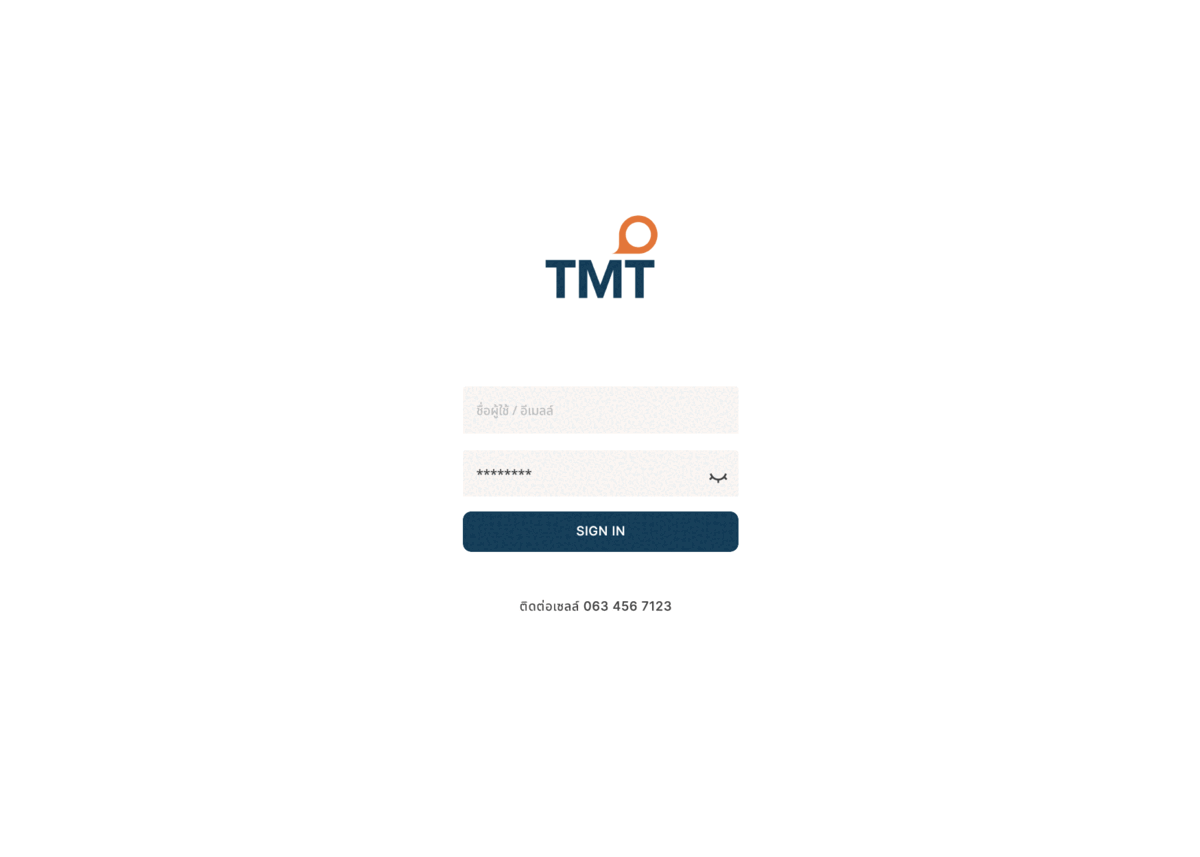



Nature_ Cybernatic
Year : 2022
Feedback system between emotion and nature
Public space is not just a physical place for social interaction and exposure to nature, but also a platform for an internal journey, where individuals can explore their emotions and thoughts.
This project aims to explore the elements/ interventions/ designs that can encourage self-awareness in public spaces. The result is a small scale prototype that connects a galvanic skin response (GSR) sensor with a resonance speaker attached to a basin, resulting in the vibration of the water surface (cymatics) to visualize the user's emotions.
The GSR sensor captures changes in sweat gland activity that reflects the intensity of an individual's emotional arousal. The resonance speaker, which does not have a diaphragm, is intended to break the limitations of traditional speaker's sound effects. Through experimentation with various water containers, we found that hard, thin materials are the best, and the ideal frequency that can show cymatics effects is subject to the container's size, shape, and type.
As GSR sensor numbers depend on many factors, such as emotions, heart rate, and hydration, the result numbers vary from person to person. Normalizing the number to a specific emotional state is impractical. Instead, the project mapped the GSR sensor's numbers to the prototype's working resonance frequency. The result is a spectrum of an individual's emotional changes, which can be observed in the starting pattern and the shift from more waves to calmer water. The prototype was tested on a small scale, but the project can transform into a public installation where the water vibration distorts the sky reflection in different patterns, allowing passersby to interact collectively.
The project sees the relationship between emotion, nature as a cybernetic system where the action and feedback relation run simultaneously. The machine will complete the loop by way of emotions also affecting nature after nature influences our emotions.

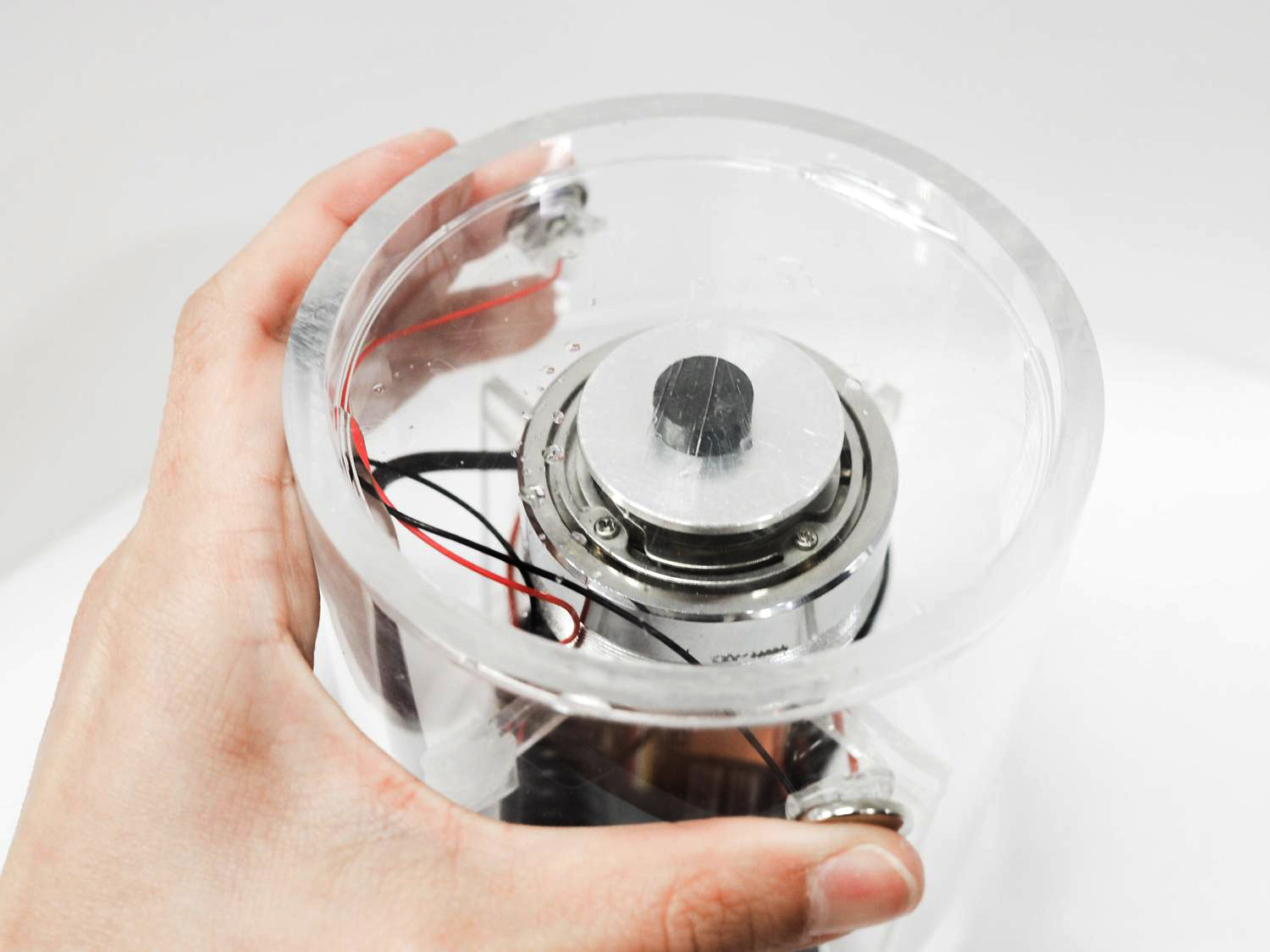

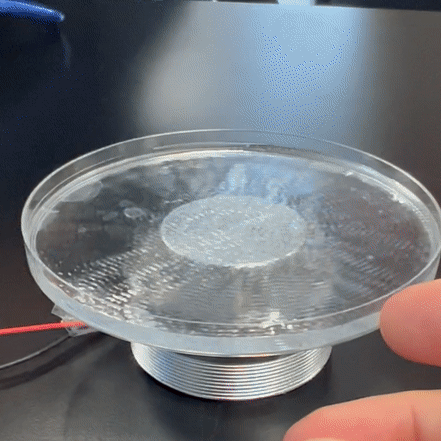
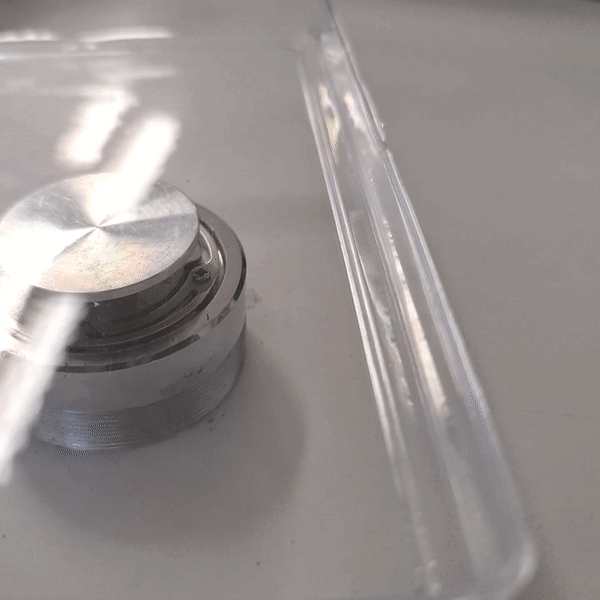
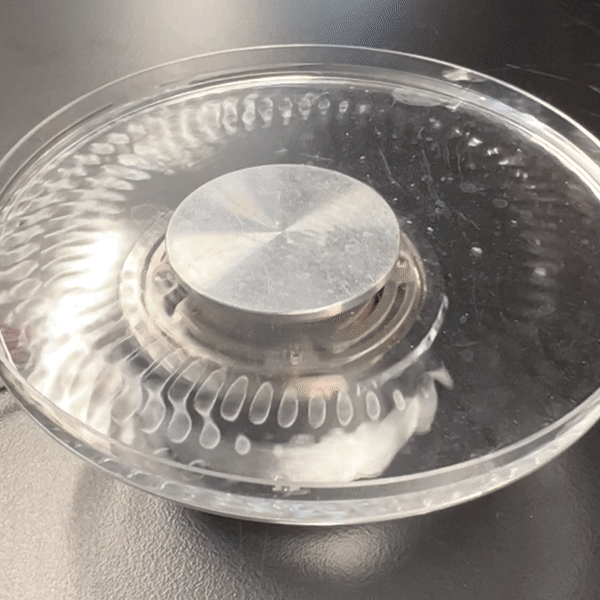
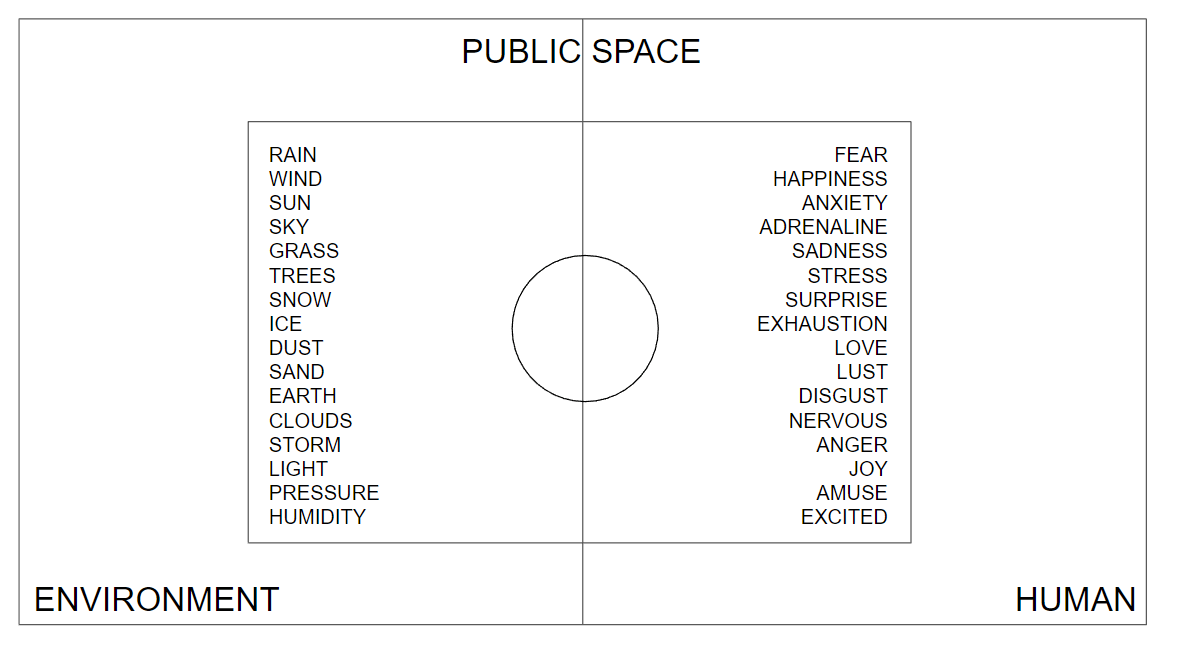
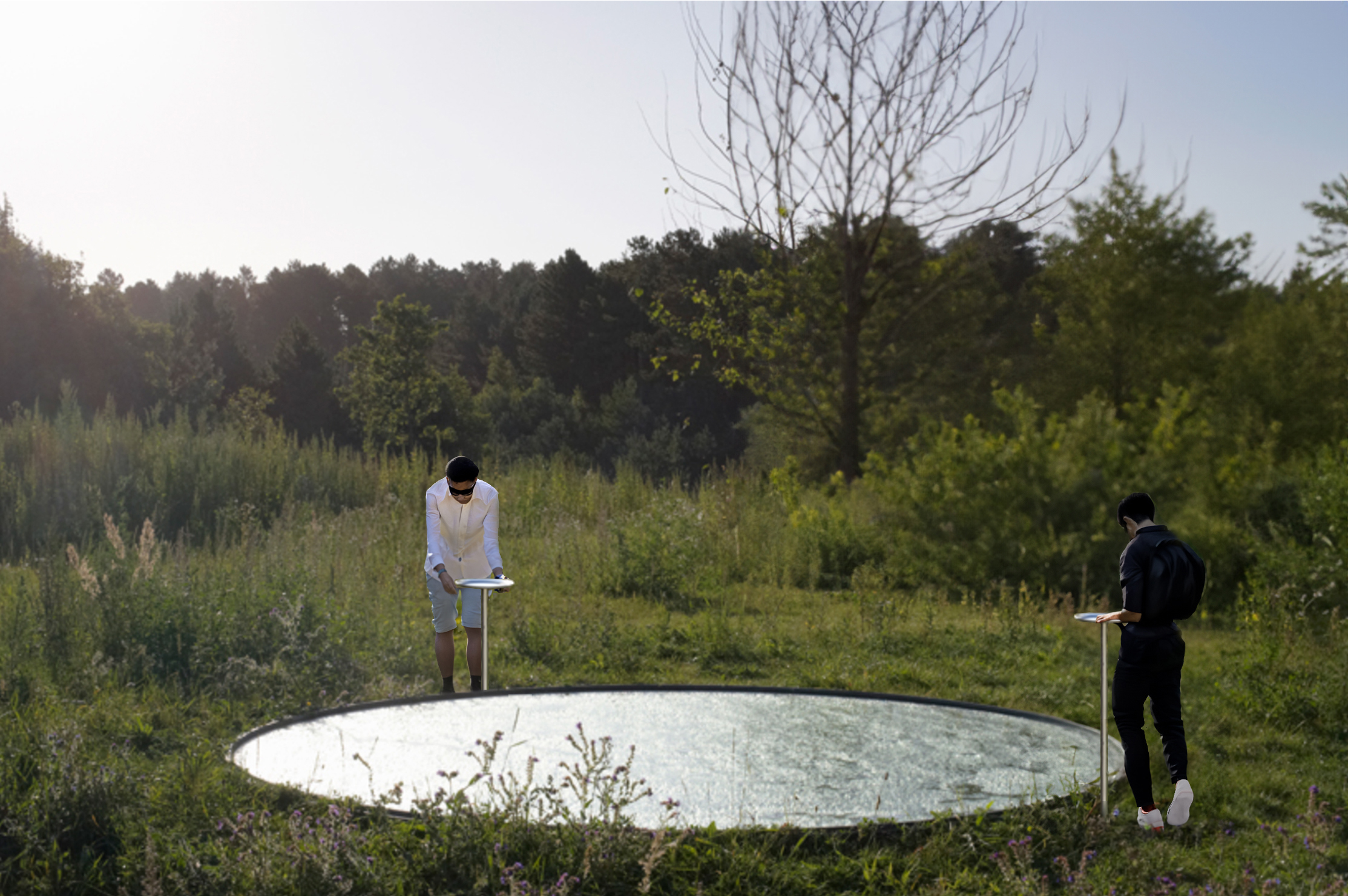

BIO POCKET GAME
Organic Interface
Electronic devices have revolutionized the world we live in, and their development has largely relied on inorganic materials such as silicon, copper, and silver. However, these materials are finite and difficult to recycle, leading to toxic waste and expensive production costs. In recent years, there has been a growing interest in using organic materials as an alternative to inorganic materials in electronic devices. Organic materials are cheaper and easier to produce, as well as being more environmentally friendly.
As a result of this interest, the question arises: what kind of biomaterial is conductive? Through experimentation, it has been discovered that most materials conduct electricity to some extent. Organic materials are conductive due to the presence of water inside them, or if we mixed them with tap water(not distill water). From the experiment, I found a few that remain conductive in dry conditions: Potato Starch, Eggshell compositeand, Agar-Agar.
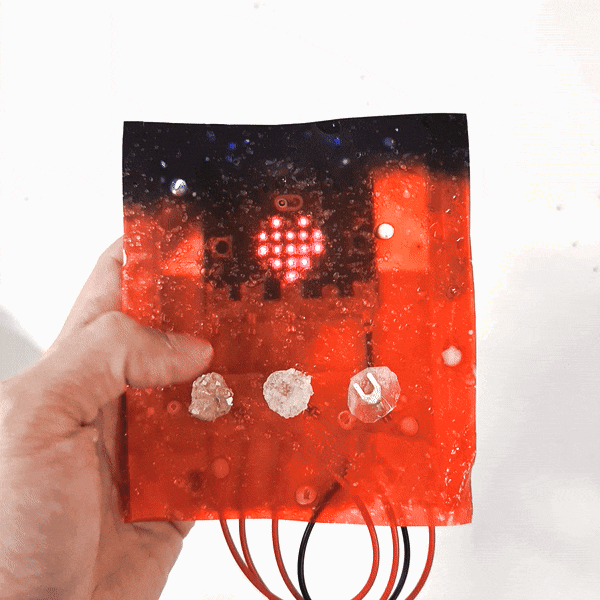
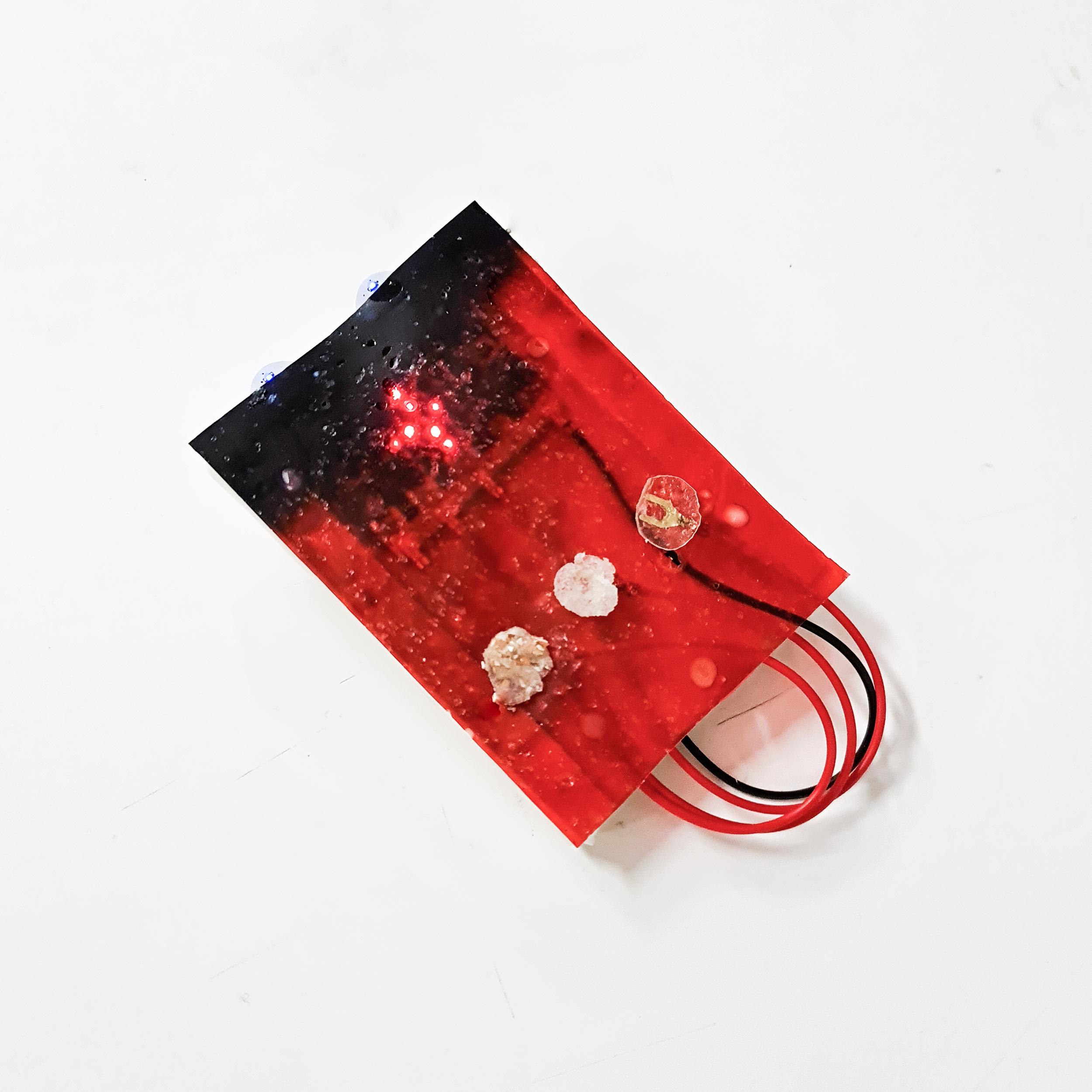
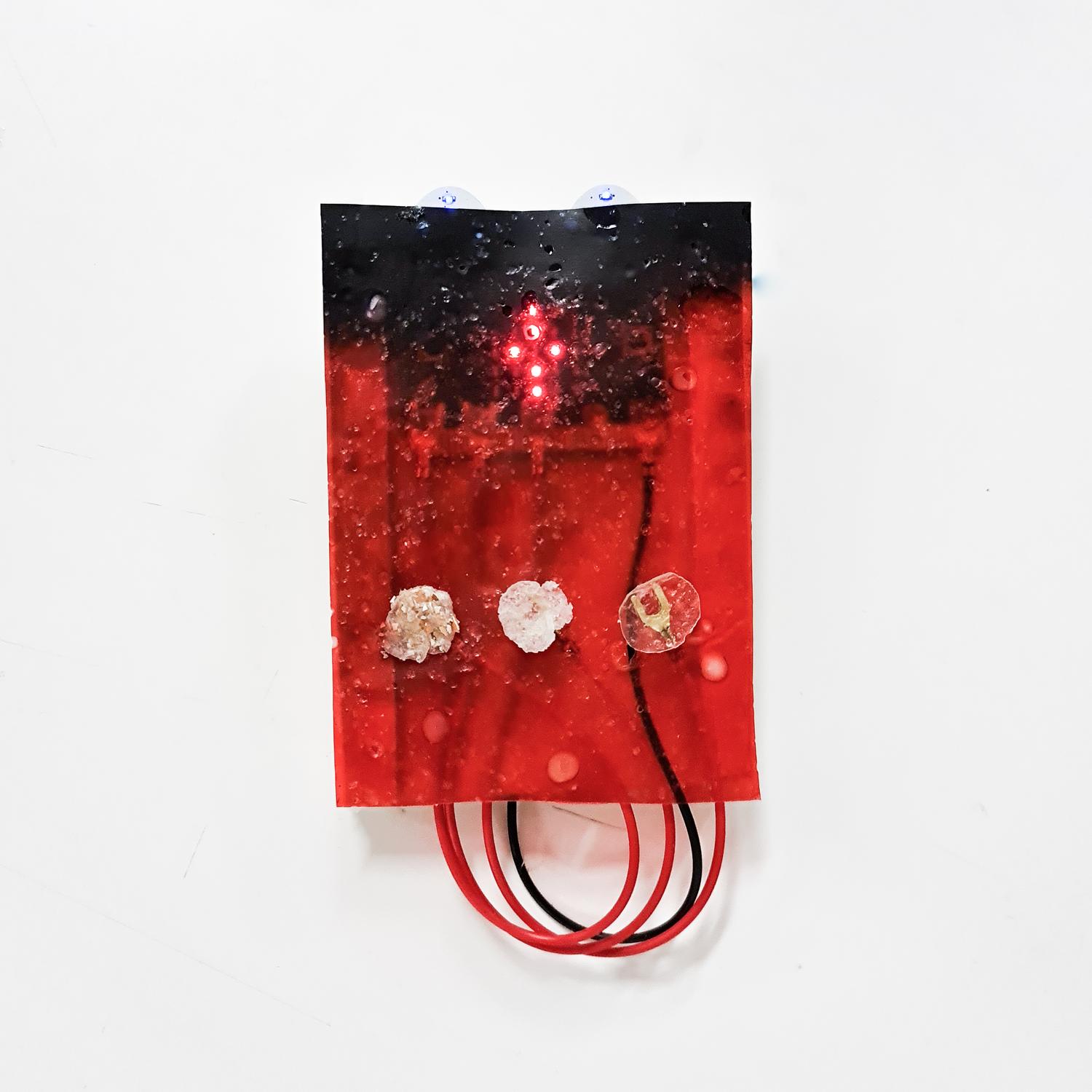



Invasive Frequency
Considering humans as the invasive species in an environment where the boundary between the visible and invisible dimensions of space no longer exists.
“Magnetotactic bacteria (MTB) are found in almost all types of aquatic environments. They consist of a nano-sized crystal of a magnetic iron mineral that is enveloped by a lipid bilayer membrane. In cells of almost all MTB, magnetosomes are organized as a well-ordered chain. The magnetosome chain causes the cell to behave like a motile, miniature compass needle where the cell aligns and swims parallel to magnetic field lines.”
Projection mapping is used to visualize this disturbance in the natural environment. To generate the interaction, we code a script in TouchDesigner that allows clusters of particles to move in relation to a camera that senses human movement in space. Particles are the abstraction of the bacteria moving in the water, their natural movement follow the natural magnetic field. Once humans interact with technology, the particles react, changing their natural flow into new behaviour.

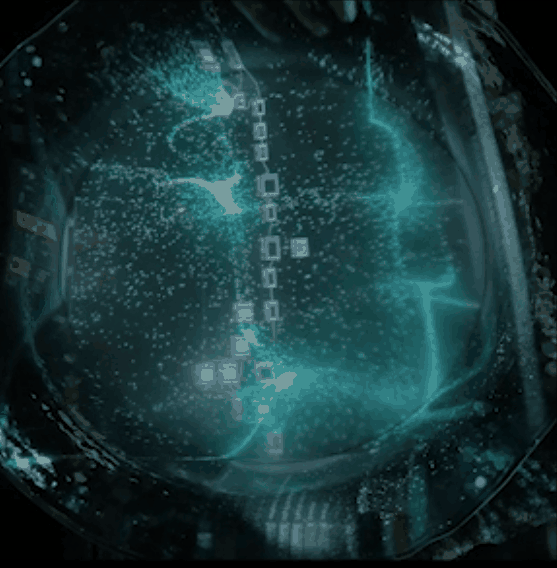
Wearable Interface
The project intends to create a medium, tool, and interface which situated between the physical and digital realm. Moving beyond see-point-click interaction, the project uses human whole body as a controller, and the interaction results in arrays of different possibilities from the real-time continuous input.
#mechanic
The mechanism behind the tool is reactiVISion, an open source, cross-platform computer vision framework for the fast and robust tracking of fiducial markers as well as software such as web OBS Studio, Grasshopper Rug OSC, and Droidcam application to connect Grasshopper, ReacTIVision, and Webcam. When scan the marker with camera, the software will return the number of marker’s ID and the position in x y and z in grasshopper in which the script is designed to map them with variables that control characteristic of a digital flower.

